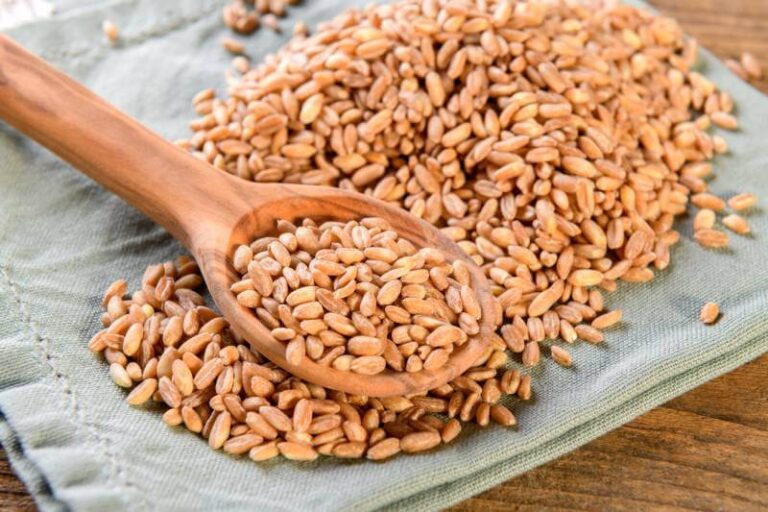Pekingese Dog Breed: History, Traits, Lifespan, and Care Guide
The Pekingese, a regal and endearing breed, traces its origins to ancient China, where they were cherished companions of Chinese royalty. Known for their lion-like appearance and dignified demeanor, Pekingese dogs are small but carry themselves with an air of nobility. Their unique look and charming personality make them a beloved choice among dog enthusiasts.
Contents
- 1 History and Origin of the Pekingese
- 2 Physical Characteristics and Appearance
- 3 Temperament and Personality Traits
- 4 Health and Lifespan
- 5 Grooming and Care
- 6 Living Conditions and Adaptability
- 7 Training Tips for Pekingese Owners
- 8 Pekingese in Competitions and Shows
- 9 Fun Facts about the Pekingese Breed
History and Origin of the Pekingese
The Pekingese breed has a rich history dating back over 2,000 years. They were bred as lap dogs for Chinese emperors and nobility, and revered for their lion-like appearance, which was considered sacred in ancient Chinese culture. Legend has it that these dogs were miniaturized lions, blessed by Buddha to shrink to their current size. They were so esteemed that the theft of a Pekingese was punishable by death.
Physical Characteristics and Appearance

Size and Weight
Pekingese dogs are small, typically weighing between 7 to 14 pounds. Despite their diminutive stature, they have a sturdy and well-balanced frame.
Coat and Colors
Their double coat is long and straight, creating a lush mane-like appearance around the neck and shoulders. Common colors include gold, red, sable, black, and white, often with black masks and markings.
Distinctive Features
The breed’s most distinctive features are its flat face and large, dark eyes, which give it an expressive and sometimes comical look. Their short, bowed legs and slightly elongated body further add to their unique appearance.
Temperament and Personality Traits

Behavior with Family and Children
Pekingese are affectionate and loyal to their families. They form strong bonds with their owners and are often protective. While they can be patient with children, their small size makes them more suited to households with older children who can respect their space.
Interaction with Other Pets
Pekingese can coexist with other pets if properly socialized from a young age. They tend to be more reserved and may prefer the company of other Pekingese or smaller breeds.
Trainability and Intelligence
While intelligent, Pekingese can be independent and stubborn, making training a challenge. Consistent, positive reinforcement techniques work best. They require patience and understanding from their owners.
Health and Lifespan
Common Health Issues
Pekingese are prone to certain health issues, including brachycephalic syndrome due to their flat faces, which can cause breathing difficulties. Other common conditions include intervertebral disc disease, patellar luxation, and eye problems such as cataracts and progressive retinal atrophy.
Lifespan Expectancy
With proper care, Pekingese dogs can live between 12 to 14 years. Regular veterinary check-ups and a healthy lifestyle are crucial to their longevity.
Grooming and Care
Grooming Needs
The Pekingese’s long, double coat requires regular grooming to prevent matting and tangling. Daily brushing and occasional professional grooming sessions are recommended. Regular cleaning of their facial folds is also necessary to prevent infections.
Exercise Requirements
Despite their small size, Pekingese need regular exercise to stay healthy. Short daily walks and playtime are sufficient to keep them fit and happy. They enjoy indoor activities and can adapt to apartment living.
Feeding and Nutrition
A balanced diet is essential for maintaining the Pekingese’s health. High-quality dog food, appropriate for their age, size, and activity level, should be provided. Portion control is important to prevent obesity, a common issue in this breed.
Living Conditions and Adaptability
Best Living Environment
Pekingese dogs thrive in a loving home environment. They are well-suited to apartment living due to their small size and moderate exercise needs. They enjoy a calm and quiet household where they can feel secure.
Suitability for Apartment Living
Their size and temperament make Pekingese ideal for apartment living. They are relatively low-energy indoors and do well in smaller spaces as long as they receive adequate attention and exercise.
Training Tips for Pekingese Owners
Basic Obedience Training
Start training early with basic commands such as sit, stay, and come. Use positive reinforcement techniques like treats and praise to encourage good behavior. Consistency and patience are key.
Socialization Tips
Expose your Pekingese to various environments, people, and other animals to build their confidence and social skills. Early socialization helps prevent behavioral issues and ensures a well-rounded pet.
Pekingese in Competitions and Shows
Show Standards
Pekingese have specific breed standards for show purposes, including their distinctive coat, size, and conformation. They must exhibit the breed’s characteristic lion-like appearance and dignified bearing.
Participation in Dog Sports
While not typically known for high-energy activities, some Pekingese can excel in dog sports such as agility and obedience with proper training and encouragement.
Fun Facts about the Pekingese Breed
- Pekingese were often called “Sleeve Dogs” because Chinese royalty carried them in the sleeves of their robes.
- They were introduced to the Western world after the Second Opium War when British soldiers discovered them in the Imperial Palace.
- Pekingese have a distinctive “rolling” gait, a result of their unique body structure.
Frequently Asked Questions
Q: Are Pekingese good with children?
A: Pekingese can be good with older children who understand how to handle them gently.
Q: Do Pekingese bark a lot?
A: They can be vocal and alert, often barking to announce visitors or unfamiliar sounds.
Q: How often should I groom my Pekingese?
A: Daily brushing is recommended to maintain their coat, along with regular baths and professional grooming.
Q: What is the average lifespan of a Pekingese?
A: Pekingese typically live between 12 to 14 years with proper care.
Conclusion
The Pekingese is a unique and charming breed with a rich history and distinctive appearance. They are loyal and loving companions, well-suited to families and individuals who can provide them with the care and attention they need. With their regal demeanor and affectionate nature, Pekingese dogs continue to capture the hearts of dog lovers around the world.
- Golden Retriever Pros and Cons: What Every Pet Parent Should Know - 15 September 2025
- Cane Corso Dog Breed: Health, Care, and Lifespan - 14 September 2025
- Catahoula Leopard Dogs: Description, Temperament, Lifespan, & Facts - 21 July 2025







